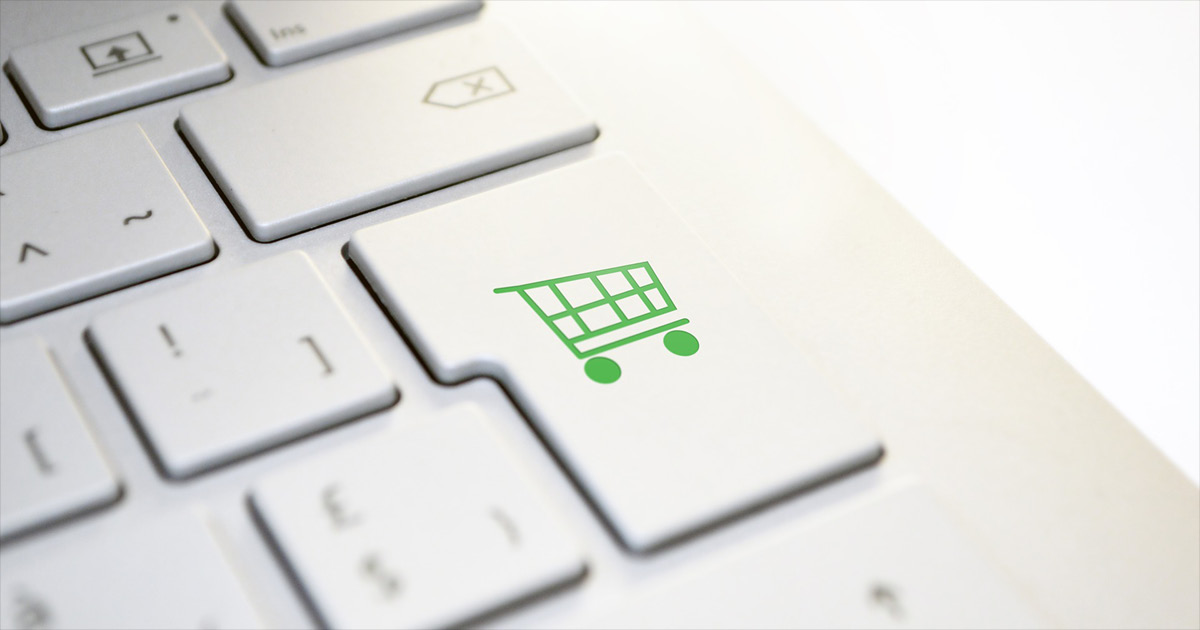
Identifying Consumption Habits Can Have an Impact on the Environment and Your Wallet
Playing detective by doing a trash audit taught me so much about my family’s consumption habits. I noticed the number of shipping boxes and “bubbly” plastic envelopes from online shopping accumulated in my garage. I reuse most of my cardboard boxes for my artwork, and I recycle my envelopes, but it is still a lot of waste.
When you think about it, most of our buying habits are developed subconsciously with little thought. We buy because something broke, we want something new, or we need an item right now. I confess I am the first person to use my phone to buy online in one click. I also never leave Target with only what I needed – do you?
Online shopping is simple, convenient, and safe. We choose an item (or more), we click, and we get it delivered to our door. We can even return it (usually for free) if we don’t like it. But at the end of the day, was it an intentional, lasting, and useful purchase?
One principle of living a “sustainable-ish” lifestyle is to reduce waste. To reduce waste, we have to reduce the amount of stuff we bring into the house. We need to reduce the number of purchases and having better control over them. When I looked at my past orders on Amazon, I saw books, clothing, games, and craft materials. How can I make better consumption choices? I decided to take a closer look at my online shopping habits to see how I could improve.
First, it’s good to do a little self-reflection and understand what kind of consumer you are, inspired by Tara Button of BuyMeOnce. There is no right or wrong answer here. Nobody is judging you; this is only about growing your self-awareness of your consumption habits.
What type of buyer are you?
- The Ostrich Buyer: You know you should be more careful about your spending but ultimately, if you want it, you buy it, whatever.
- The Treater Buyer: Any occasion should be celebrated with online shopping, right?
- The Compulsive Buyer: There is always a good reason to buy, whether you are happy and want to celebrate or because you are sad and need to cheer yourself u
- The FOMO Buyer: You’re afraid of not having things on hand when you need them. You have a stock of food and toilet paper for the next year and books and clothes for years to come. You never know!
- The Guilty Buyer: You’re always ready to make others feel better with a gift or to support a good cause.
- The Curious/Geek Buyer: You get excited by new stuff. You always need to refresh, want to try a new brand, or feel like you need a change or a makeover.
- The “Coupon Expert” Buyer: You know all the good tips and tricks to pay less. You are the queen/king of discount codes and coupons.
Five steps to reduce impulse buying and start buying better:
- Stop and think: Start buying consciously. Stop what you are doing to ask yourself some questions. “Do you need it, or do you want it?” “What do you buy the most?” Analyze your spending and purchases.
- Wait: No matter which type of buyer you are, wait a minute before purchasing. Hold your finger; do not “click and submit” quite yet. Feed your “impulsive attack” by filling your online cart but wait – three days, a week, a month – and see if you still need that purchase.
- Ask and borrow: If it’s urgent, try asking your friends or family and borrow what you need. It could be a dress for dinner, a trimmer for your bushes, or a mandolin to cut your apples so you can make that perfect pie.
- Replace/use what you have: Can you replace an item with something similar? That red shirt already in your closet might look really nice with that pair of jeans.
- Buy it: If you went through this process and still feel excited to click the purchase button at checkout, hold your finger one more time and ask yourself again: “Do I need it or do I want it? How many times will I use it? Who made it, and how was it made? Do I buy it new, or is used is OK? How long will it last? What will I do with it when I don’t need it anymore?”
It might seem complicated, but it is not. Once you know your habits and understand them, you can start to shift them one step at a time. This is intentional and conscious buying and it makes a difference in the environment and your bank account.
It’s Your Turn
- Look at your past purchases and online shopping cart. Pick one recurring item or consumption habit to focus on this month.
- Borrow from or lend an object to your neighbor.
- Visit your local library or the Little Free Libraries around the neighborhood.
- Support local businesses, visit a second-hand shop.
Aline Bloch is the owner of Aline’s Cardboard and Out of the Box Eco-Store and a Central Park resident.





